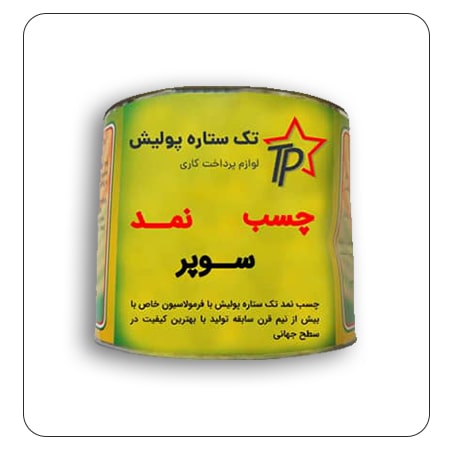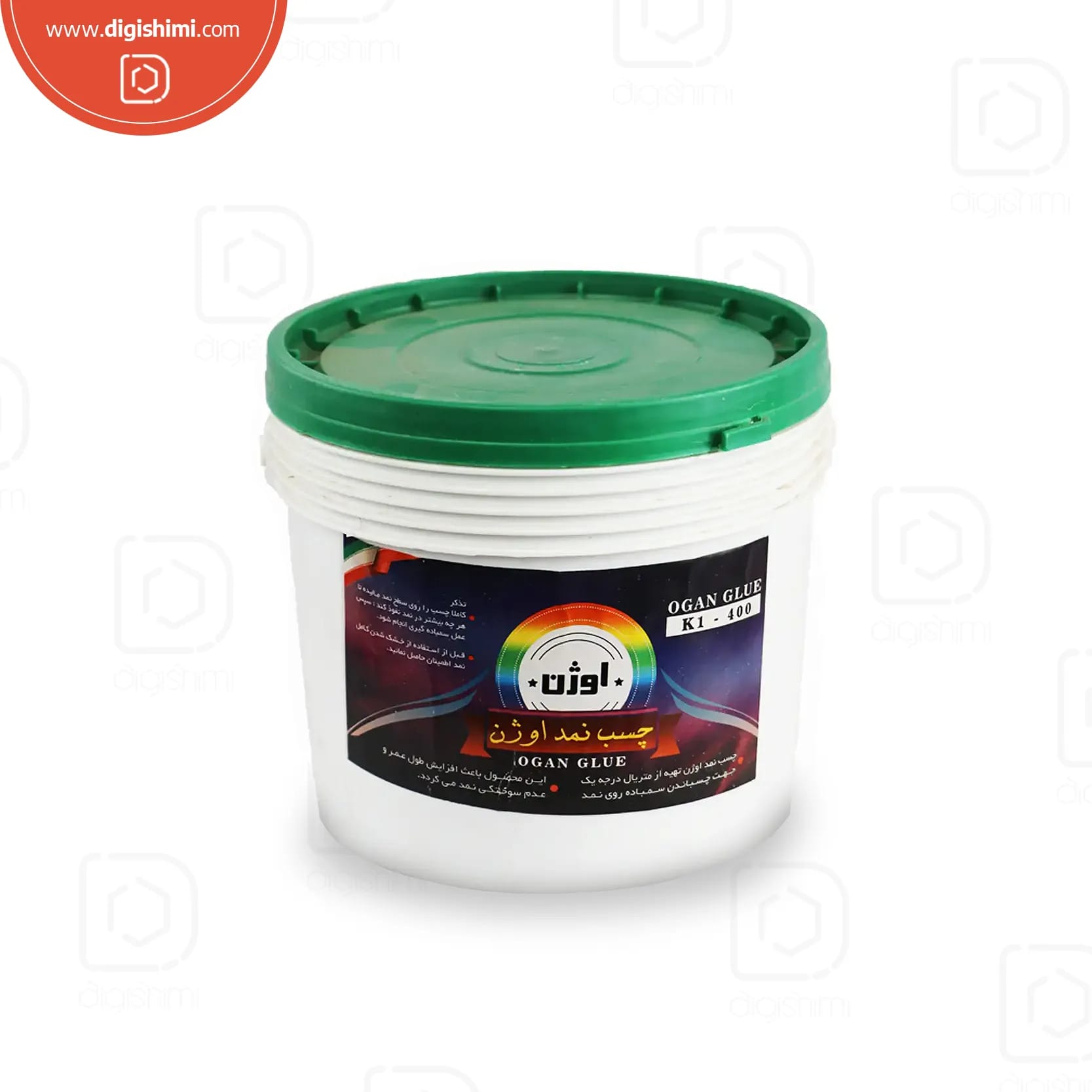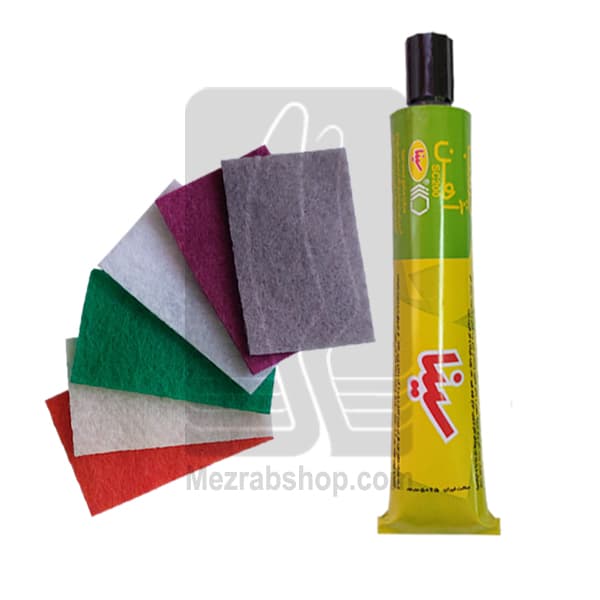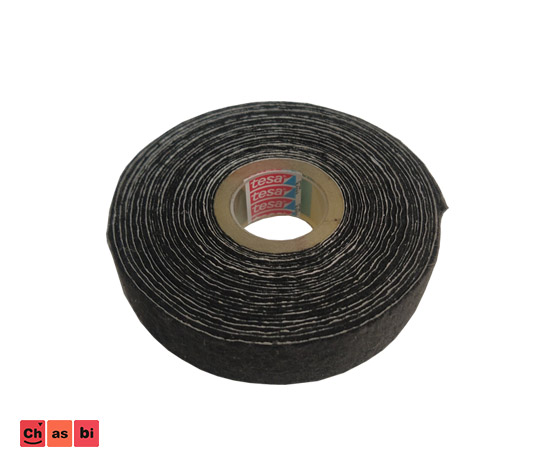
Felt is a versatile material used in a wide range of applications, from crafting and apparel to industrial uses. Successfully bonding felt to other materials requires selecting the right adhesive and applying it properly. This guide provides a comprehensive overview of felt adhesives, covering various types, application techniques, troubleshooting, and safety precautions.
Felt is a non-woven textile made by matting, condensing, and pressing fibers together. These fibers can be natural, such as wool or animal fur, or synthetic, such as acrylic or rayon. Felt is known for its soft texture, insulating properties, and ability to be easily cut and shaped.
Felt adhesives are specially formulated to create a strong and durable bond between felt and other surfaces. The choice of adhesive depends on several factors, including the type of felt, the materials being bonded together, and the intended use of the finished product.
Several types of adhesives are suitable for bonding felt, each with its own advantages and disadvantages:
When selecting an adhesive for felt, consider the following factors:
Proper application is crucial for achieving a strong and lasting bond. Here are some general techniques:
Proper preparation of the felt surface is essential for ensuring a strong and durable bond with the adhesive. Here are some key steps to follow:
Applying the adhesive correctly is crucial for achieving a strong and long-lasting bond. Here are some important tips to keep in mind:
Drying and curing times vary depending on the type of adhesive used. It's essential to allow the adhesive ample time to fully cure for optimal bond strength. Here are some general guidelines:
Despite careful application, issues can arise. Here's how to handle some common problems:
Even with careful application, adhesive bonds can sometimes fail. Common causes of adhesion failures include:
Removing adhesive residue from felt or other surfaces can be challenging but is often necessary for achieving a clean and professional finish. Here are some methods for removing adhesive residue:
Working with adhesives involves certain safety risks. Always prioritize safety!
Proper ventilation is crucial when working with adhesives, as many adhesives release harmful fumes that can be hazardous to your health. Here are some ventilation tips:
Protecting your skin and eyes from contact with adhesives is essential for preventing irritation and potential health problems. Here are some protective measures to take:
Proper storage and handling of adhesives are essential for maintaining their quality and ensuring safety. Here are some guidelines to follow:
Here are some specific adhesive recommendations for various felt projects:




Best for: Large surfaces, applications requiring immediate bond strength.
Pros: Strong, flexible bond, water resistant.
Cons: Requires careful application, potential for strong fumes.
Consider exploring سنباده رولی for surface preparation prior to adhesive application.
Best for: Quick fixes, crafting projects, temporary bonds.
Pros: Fast drying, easy to use.
Cons: Not very strong, can be brittle, not water resistant.
You might also find resources on پرداخت کاری techniques useful in your projects.
Best for: Heavy-duty applications, bonding to non-porous materials.
Pros: Extremely strong, durable, water resistant.
Cons: Requires precise mixing, longer curing time.
For achieving a flawless finish, consider researching سنباده رولی techniques.
Best for: Textiles, washable items, flexible bonds.
Pros: Flexible, washable, easy to apply.
Cons: Not as strong as other adhesives.
Remember to explore پرداخت کاری for achieving the best possible final product.
Choosing the right adhesive and applying it correctly are essential for successful felt bonding. By considering the factors outlined in this guide, you can ensure a strong, durable, and professional-looking result for all your felt projects.



